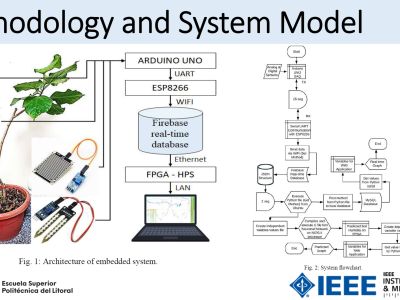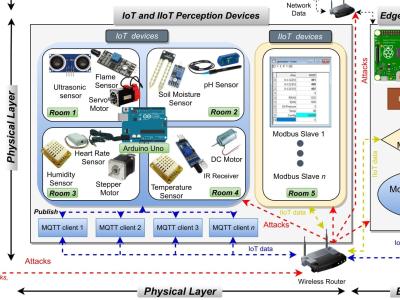SurveilNet

- Citation Author(s):
-
Martins Osifeko (University of Pretoria)Gerhard HanckeAdnan Abu-Mahfouz
- Submitted by:
- Osifeko Martins
- Last updated:
- DOI:
- 10.21227/4gnf-a488
- Data Format:
- Research Article Link:
 898 views
898 views
- Categories:
- Keywords:
Abstract
The boring and repetitive task of monitoring video feeds makes real-time anomaly detection tasks difficult for humans. Hence, crimes are usually detected hours or days after the occurrence. To mitigate this, the research community proposes the use of a deep learning-based anomaly detection model (ADM) for automating the monitoring process. However, the isolated setup of existing surveillance systems makes ADM inefficient and susceptible to staleness due to the lack of resource sharing and continuous learning (CL). CL is the incremental development of models that adapts continuously to the external world. Thus, for efficient CL in surveillance systems, devices must share resources and cooperate with neighbor sites. Yet, solutions from the literature focus on the isolated environment thereby neglecting the need for resource sharing and CL. To address this gap, this paper proposes a cooperative surveillance system called SurveilNet that allows for resource sharing between surveillance sites under the control of a cooperator node. We further propose a lightweight subscription scheme that allows for a joint specialized model development process that continually adapts to the dynamics of the secured environment. Our proposed scheme offers the ability to learn from the neighboring site’s data without compromising data privacy. The performance of our scheme is evaluated using a reclassified UCF-Crime dataset with the result showing the efficiency of our proposed scheme when compared to the state-of-the-art.
Instructions:
This is a reclassified UCF crime dataset, used in our paper "SurveilNet: A Lightweight Anomaly Detection System for Cooperative IoT Surveillance Networks". The original UCF-Crime dataset was reclassified into 5 groups according to the locations and actions in the video. The locations are Home, Office, Mall, Station, and Road. These are the extracted frames from the reclassified dataset. The frames in each location can be used to develop a video anomaly detection model for automating the detection task in surveillance.







